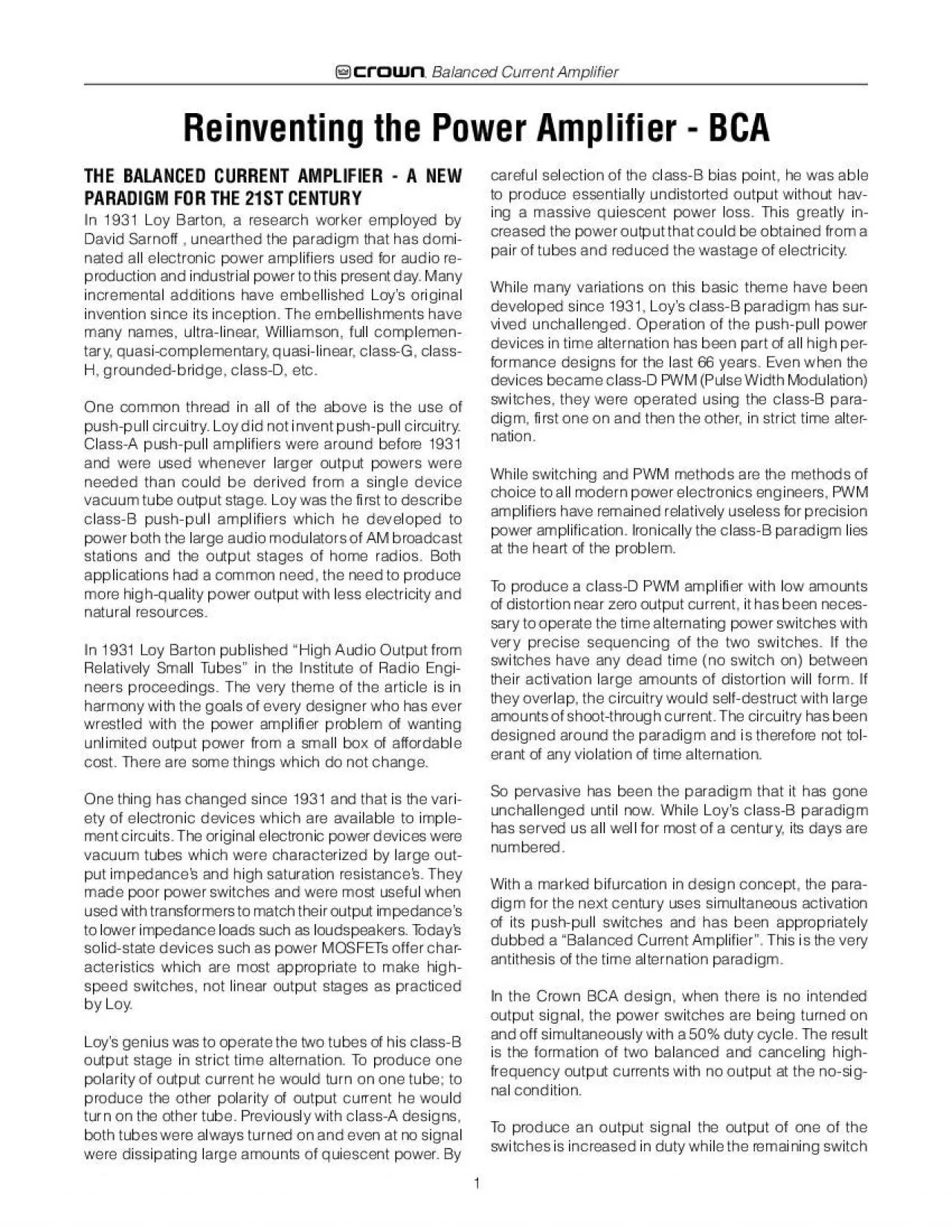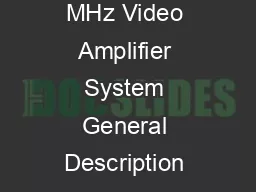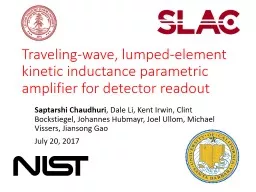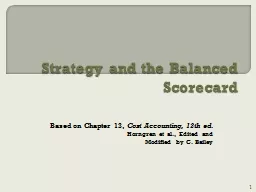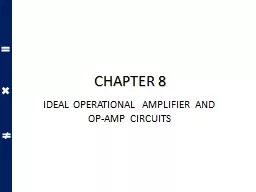PDF-Balanced Current Amplifier
Author : tracy | Published Date : 2021-10-08
In 1931 Loy Barton a research worker employed byDavid Sarnoff unearthed the paradigm that has dominated all electronic power amplifiers used for audio reproduction
Presentation Embed Code
Download Presentation
Download Presentation The PPT/PDF document "Balanced Current Amplifier" is the property of its rightful owner. Permission is granted to download and print the materials on this website for personal, non-commercial use only, and to display it on your personal computer provided you do not modify the materials and that you retain all copyright notices contained in the materials. By downloading content from our website, you accept the terms of this agreement.
Balanced Current Amplifier: Transcript
Download Rules Of Document
"Balanced Current Amplifier"The content belongs to its owner. You may download and print it for personal use, without modification, and keep all copyright notices. By downloading, you agree to these terms.
Related Documents

